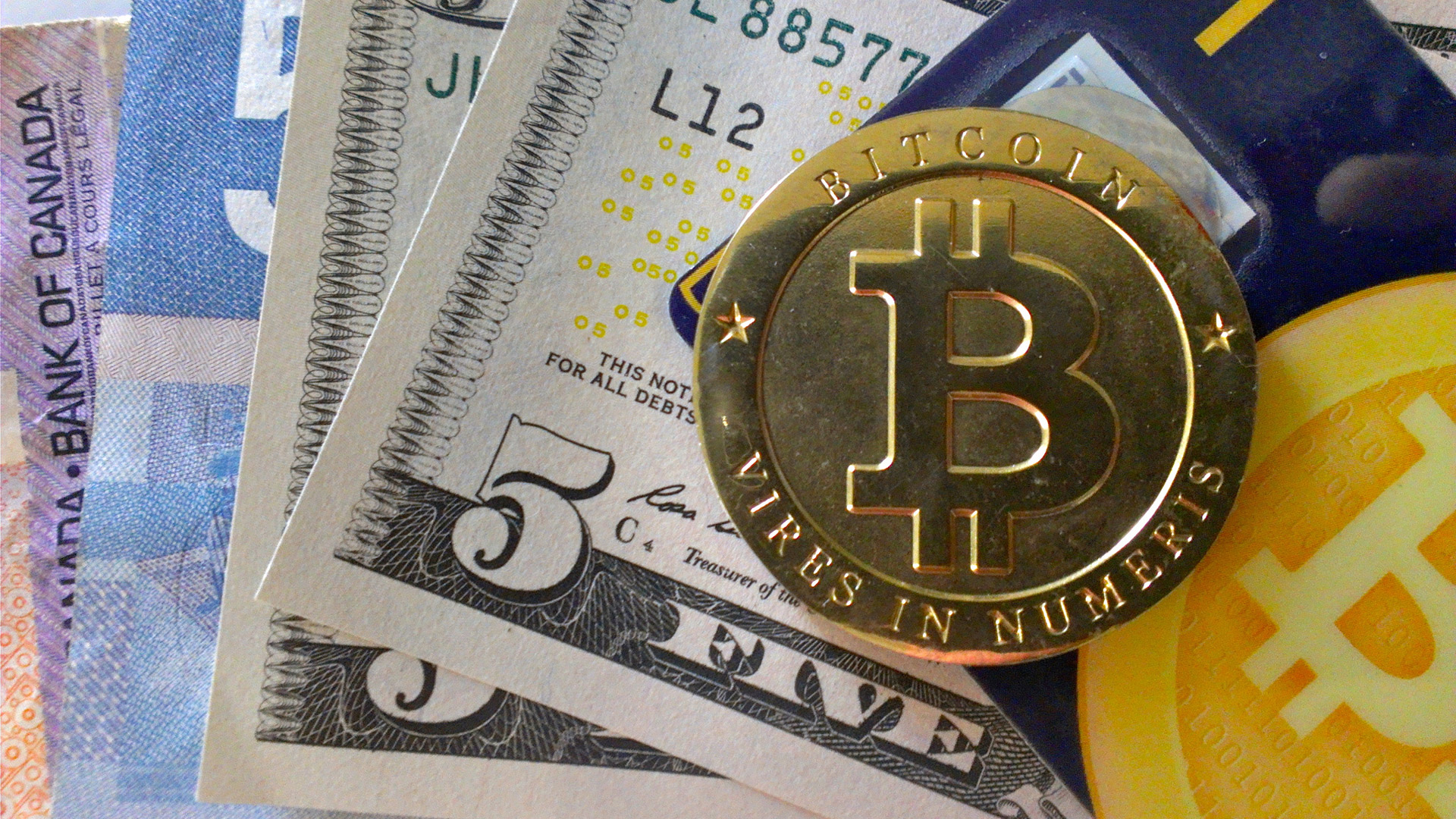
By Justin O’Connell
What is best for the environment? Cash, plastic or bitcoin? The data is not perfectly clear, but some things are known.
Credit cards are typically made with polyvinyl chloride. Like all conventional plastics, PVC consumes oil – approximately 4.25 grams of petroleum to manufacture the 5-gram credit card. When multiplied by 1.6 billion (the number of credit, debit, and ATM cards produced in America in 2007), 45,000 barrels of oil a year is needed just to make the cards. These figures don’t even include the billions of gift cards, loyalty cards, and store charge cards issued yearly.
PVC, furthermore, is rarely accepted by curbside recycling programs and it can produce harmful dioxins when incinerated. So, most of these cards end up in the dump. Some organizations recommend alternative materials for short-term consumer products like credit cards. We usually cut up our credit cards when they expire after two to four years, which means they don’t last long.
Paper money is not perfect either, as a $5 bill lasts merely 16 months before it wears down to such an extent that it must be taken out of circulation. Other denominations can last longer. The paper money we use is made from a blend of cotton and linen-products that may be renewable but their cultivation requires lots of land and resources. Conventional cotton farming, in particular, uses a lot of water, pesticides and fertilizers.
Because paper money materials are not freshly harvested, dollar bills are made from recycled, low-quality waste fibers that would otherwise end up in a landfill.
But what about coins? What environmental impact, if any, do they have? Extracting metals is environmentally taxing and energy-intensive, consisting of mining, and milling and smelting (smelting a kilogram of copper takes 109 megajoules, as compared with 60 megajoules for a kilogram of PVC.) The Mint used 41,000 tons of metals to make America’s change last year.
What about the newest medium of exchange, bitcoin? Bloomberg rhetorically asked “How can a virtual currency, existing in digital form on computer hard drives, demand real power and real fuel, and have real-world environmental costs?”
The answer is bitcoin mining. Mining is a key component of how bitcoins are created, a process whereby powerful computers create bitcoins by solving processor-intensive equations.
As the Bloomberg article states:
…as [bitcoin] is created, real-world value is used up. About 982 megawatt hours a day, to be exact. That’s enough to power roughly 31,000 U.S. homes, or about half a Large Hadron Collider. If the dreams of Bitcoin proponents are realized, and the currency is adopted for widespread commerce, the power demands of bitcoin mines would rise dramatically.
If that makes you think of the vast efforts devoted to the mining of precious metals in the centuries of gold- and silver-based economies, it should. One of the strangest aspects of the Bitcoin frenzy is that the Bitcoin economy replicates some of the most archaic features of the gold standard. Real-world mining of precious metals for currency was a resource-hungry and value-destroying process. Bitcoin mining is too.
What the Bloomberg article fails to state about bitcoin is that mining will be needed for 125 years about. Thereafter the bitcoin ecosystem will look much different than the one of today, and one thing is for sure: mining won’t be needed to create bitcoins, but instead to secure the network.
Also worth noting is the fact that, on the flat lava plain of Reykjanesbaer, Iceland, near the Arctic Circle, you can find geothermal bitcoin mines, representing an alternative mode of bitcoin mining kinder to the environment.
“The computers that do the work eat up so much energy that electricity costs can be the deciding factor in profitability,” Nathaniel Popper wrote in The New York Times. “There are Bitcoin mining installations in Hong Kong and Washington State, among other places, but Mr. Abiodun chose Iceland, where geothermal and hydroelectric energy are plentiful and cheap. And the arctic air is free and piped in to cool the machines, which often overheat when they are pushed to the outer limits of their computing capacity.”
To determine the actual cost of these payment methods is not simple, and has not been achieved in this article. Many questions remain…For instance, as but one example, What kind of strain do electronic payments have on global data centers and third-party processing offices? Until we have this sort of information, it is tough to make an informed conclusion.
Not only the raw materials and transport issues must be considered, but also the impacts of manufacturing the final products.
To be sure, it is those pesky credit cards which have allowed Americans to rack up debt buying useless things. What affect has this enabling had on our environmental footprints? Cash – fiat money – allows governments to quantitatively ease (make up monetary policy) by printing, for all intents and all purposes, limitless amounts of money, enabling a wide-range of historically environmentally destructive actions.


 | 1LWJs1RjasodgPuKjUWqMXszdkdt9y6DsP
| 1LWJs1RjasodgPuKjUWqMXszdkdt9y6DsP  1LWJs1RjasodgPuKjUWqMXszdkdt9y6DsP
1LWJs1RjasodgPuKjUWqMXszdkdt9y6DsP